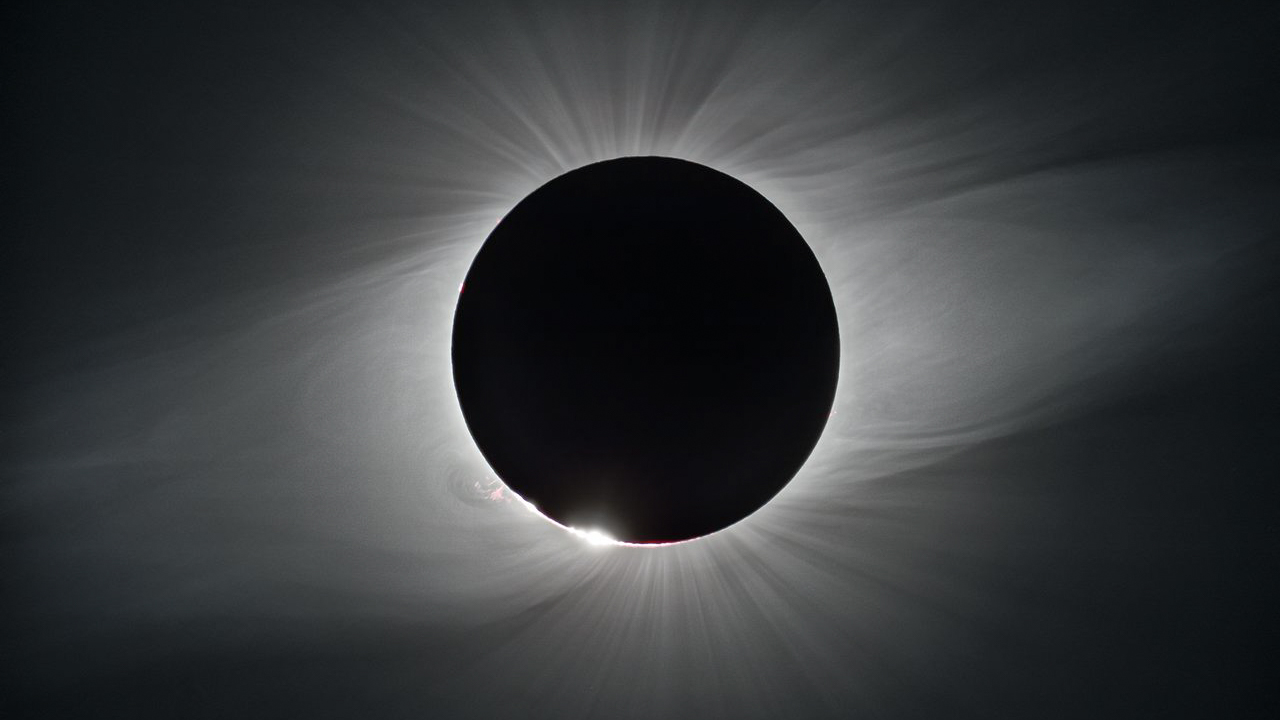
There are no prizes for guessing what the main celestial sight will be in North American skies this month. On April 8, a much anticipated 2024 total solar eclipse will be visible from within a narrow path of totality through parts of northwestern Mexico, 15 US states and southeastern Canada.
There is, however, reason to believe that astrophotography fans across the world will be able to see the appearance of a bright comet, which should be at its best this month.
Add the rise of a full ‘Pink moon’ and plenty of opportunities to shoot the crescent moon and April 2024 should be the perfect time to get outside at night with your camera and tripod.
April 1: dark sky window opens
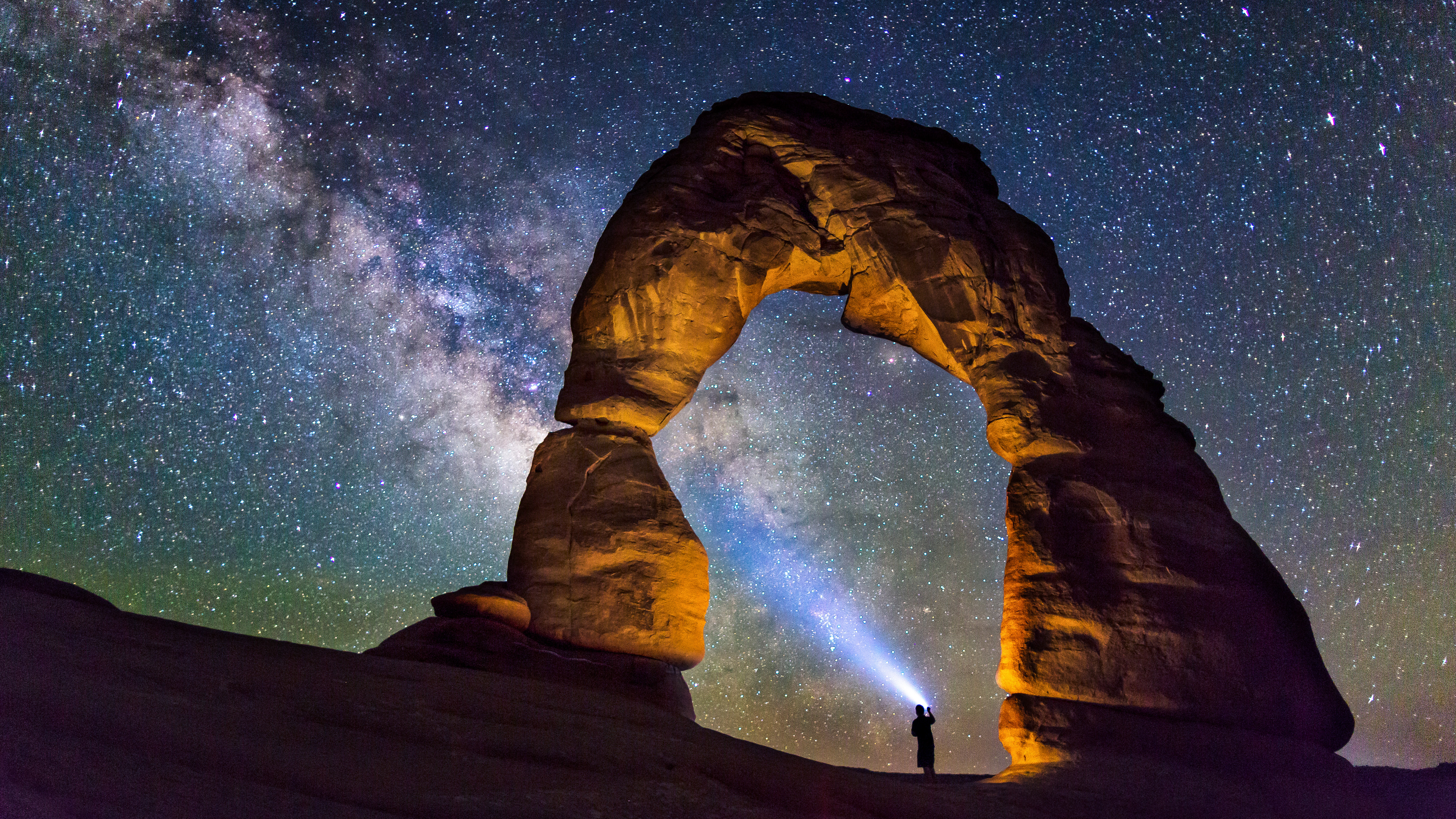
In the month's first example of exquisite celestial timing, the moon tonight reaches its last quarter phase, rising after midnight and clearing the way for 10 nights of dark, moonless skies — and International Dark Skies Week. If you're planning a trip to see the total solar eclipse in North America, you'll have great night skies until a few nights after, when a waxing crescent moon begins to brighten around April 12.
Read: Astrophotography: How-to guides, tips and videos
5 and 6 April: Saturn, Mars and the moon in conjunction
In the southeast skies before sunrise on April 5, a waning crescent moon will be visible close to Mars and Saturn. On April 6, an even slimmer crescent moon will be visible immediately below them. You'll also see Venus brightening as sunrise nears. A good, clear view low to the horizon will be essential.
Read: 10 must-shoot events for astrophotographers in 2024
April 8: Totally eclipsed sun
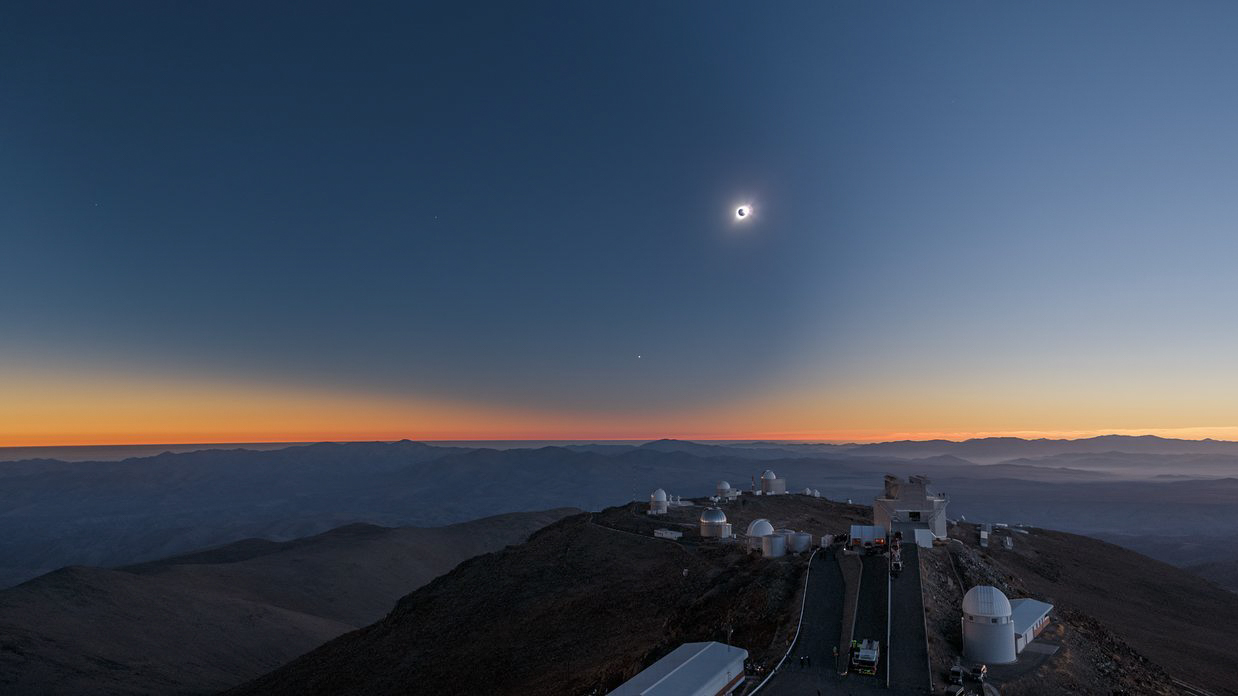
The classic close-up shot of the sun’s corona is a favorite of astrophotographers, but do we need millions of identical images of that? The more interesting shots from eclipses are wide-angle images that give something of the unique effect totality has on an environment – and on the people watching it. Perhaps the best way to capture it is by putting your camera on a tripod — preferably with you/people in the composition — and shooting 4K video. You can extract a still image later.
“Start the movie going a couple of minutes before totality and just let it run,” says Alan Dyer, eclipse photographer and author of the excellent ebook How to photograph the solar eclipse. “As a bonus, you'll capture audio — the cheering and you shouting ‘oh my God!’ — which is a big part of the experience and a great souvenir you can use to relive the eclipse years later.”
Read: Plan now to photograph 2024's 'Great North American Eclipse'
9 and 10 April: ‘Shawwal Moon’ and comet 12P/Pons-Brooks
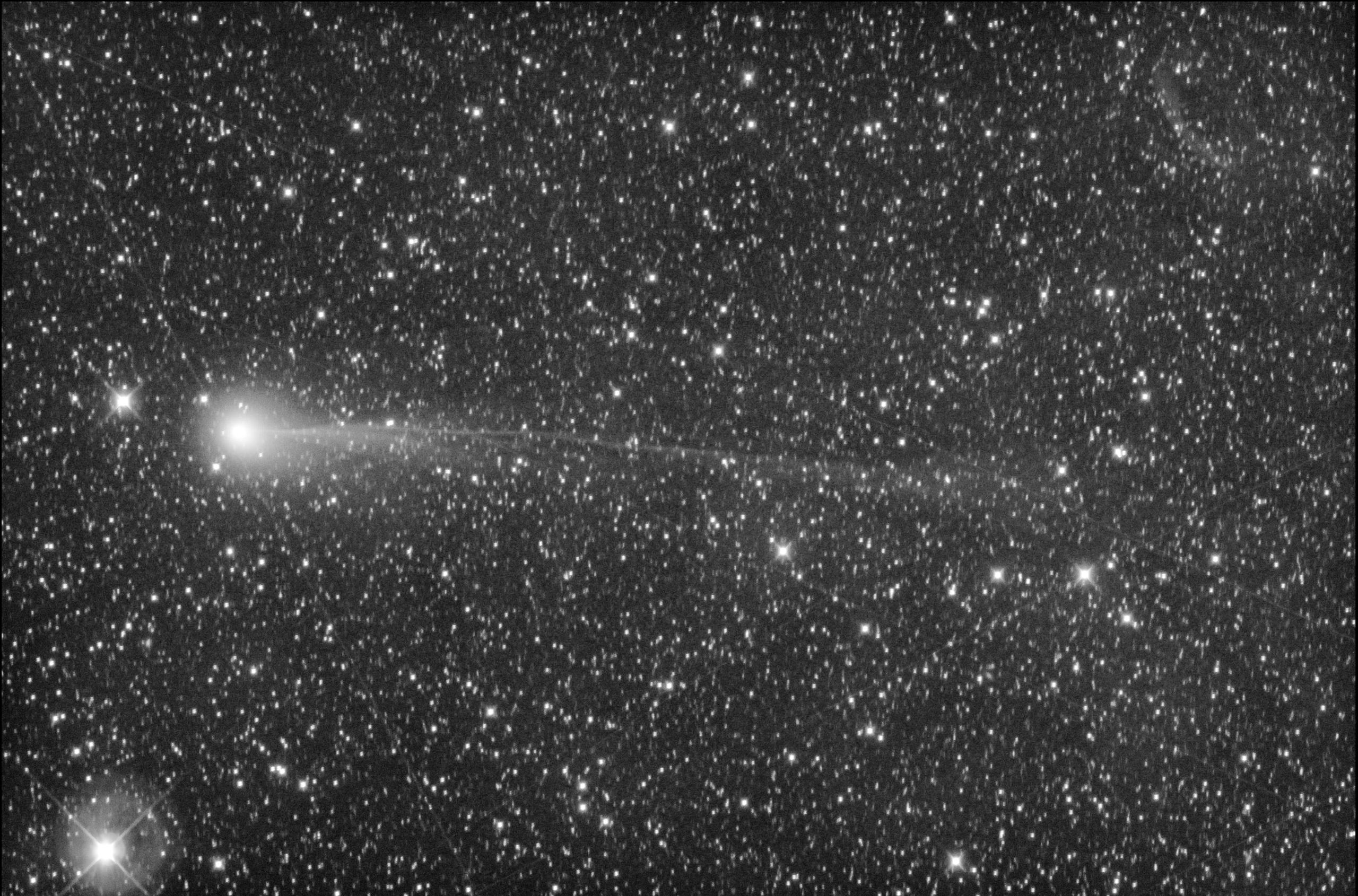
Interest in astronomical things will be sky-high in the wake of America's total solar eclipse. The first major sight after April 8's momentous eclipse will be the appearance of the crescent moon, the appearance of which will also signal the end of Ramadan and the beginning of the month of Shawwal—and, more importantly, the start of the feasting festival of Eid. Tuesday, 9 April, a very slim crescent moon may be sighted after sunset below both Jupiter and comet 12P/Pons-Brooks. If not, a bigger 'Shawwal Moon' will be first seen after sunset on Wednesday, 10 April, when it will appear just above Jupiter and comet 12P/Pons-Brooks.
Read: The best star tracker camera mounts
April 12: Comet and Jupiter
Whether or not it will be naked-eye bright remains to be seen, but if Comet 12P/Pons-Brooks does brighten then it's tonight that it will be at its closest to Jupiter.
April 21: Comet at its brightest
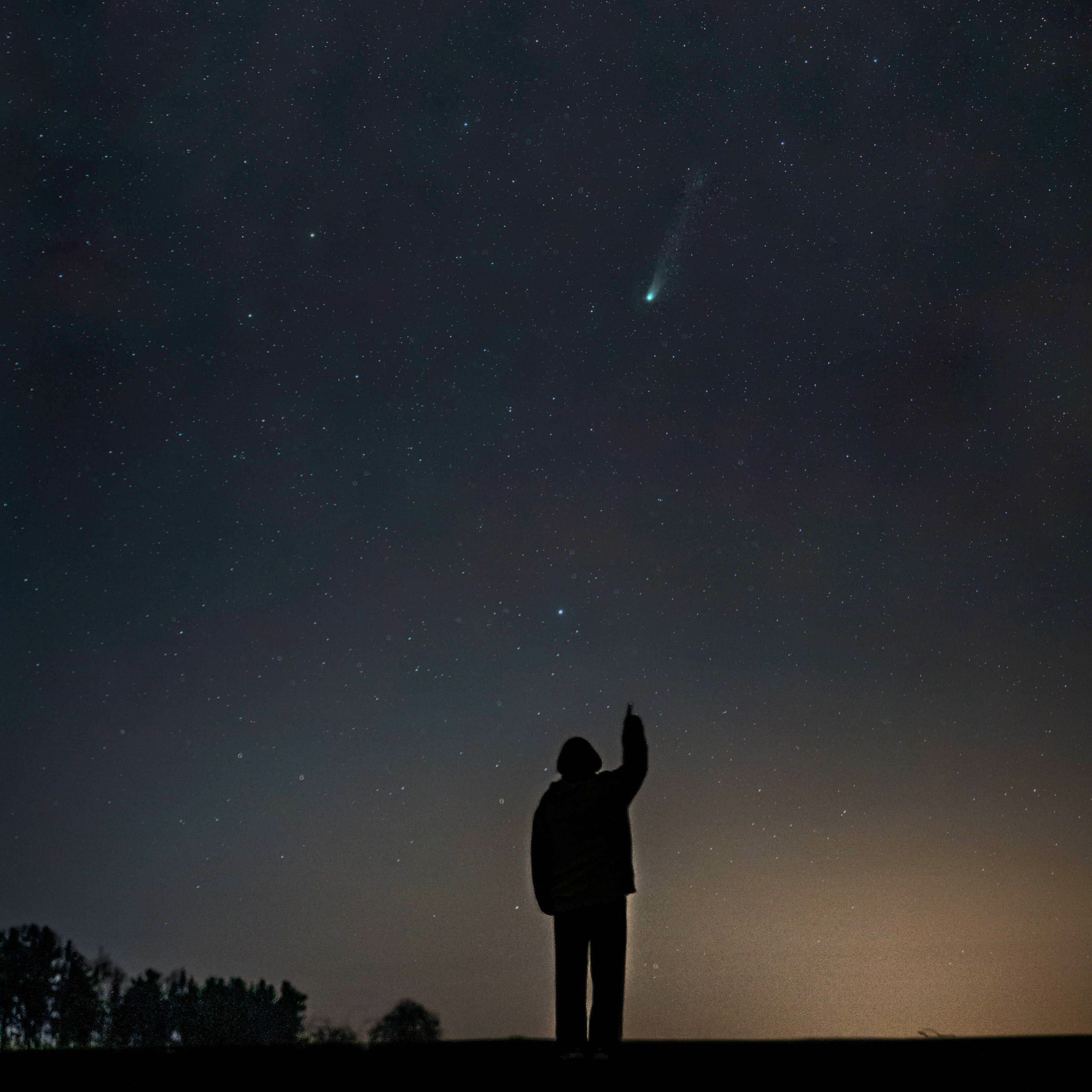
Around the same size as Halley’s comet, Comet 12P/Pons-Brooks will be closest to the sun tonight and best seen after sunset. If there's one night to try for a rare comet shot, it's tonight. Pray for clear skies!
Read: The best cameras for astrophotography
April 23: the full 'Pink Moon' rises
With so much else going on you could be forgiven for forgetting all about the rise of April's full moon. Turning full at 23:48 UTC today, catch it at moonrise where you are for the best views of it as it appears in the east. Be somewhere with a good view low to the eastern horizon and use a 70-300mm lens, a tripod, and a remote shutter release. Experiment with short exposures.
Read: How to photograph the full moon
22-23 April: Lyrid meteor shower
Set up your camera on a tripod tonight, and you may capture some ‘shooting stars’. Appearing to originate from the constellation of Lyra, you can expect about 20 'shooting stars' per hour during the peak of the Lyrids meteor shower. In Europe, the peak will occur in the early hours of Sunday, while in North America, it starts as soon as it gets dark on Saturday.
Read: How to photograph a meteor shower
Read more:
The best solar eclipse binoculars
The best solar filters for your camera







